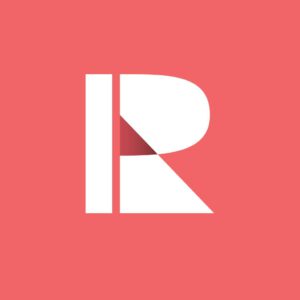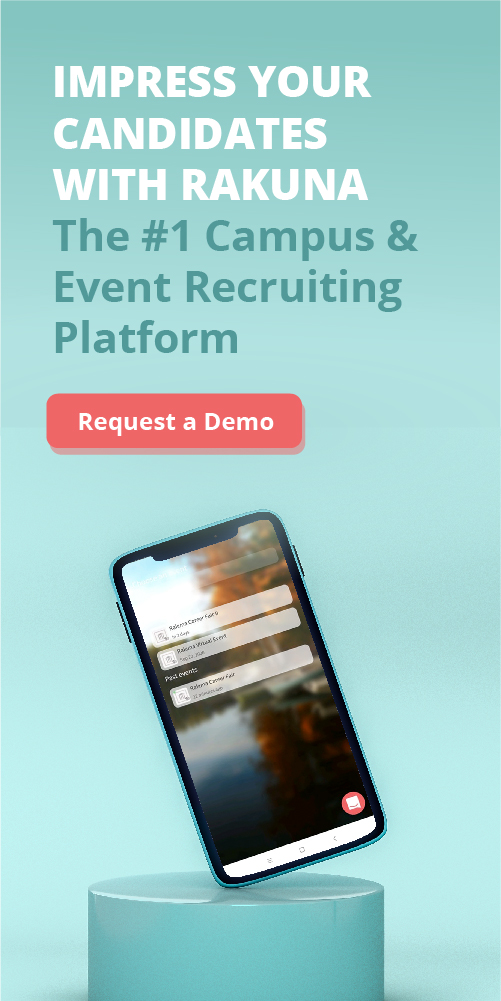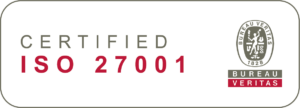In an era dominated by digital convenience, the notion of the traditional job fair might seem like a relic. After all, why brave the crowds when a polished virtual presence from the comfort of home seems to suffice?
Yet, the enduring power of face-to-face interaction is undeniable. The data speaks for itself: According to NACE, with a median of 109 organizations and 700 student attendees per in-person career fair, traditional job fairs continue to be a vital and competitive arena for talent acquisition.
This guide is crafted for the discerning employer who understands that in the world of recruitment, some classics are ‘old but gold.’ We’ll delve into the strategy, the statistics, and the success stories that will not only help your organization navigate the bustling landscape of job fairs but truly excel, turning handshakes into hires and conversations into cornerstones of your team.
Why Should You Still Recruit at In-Person Job Fairs?
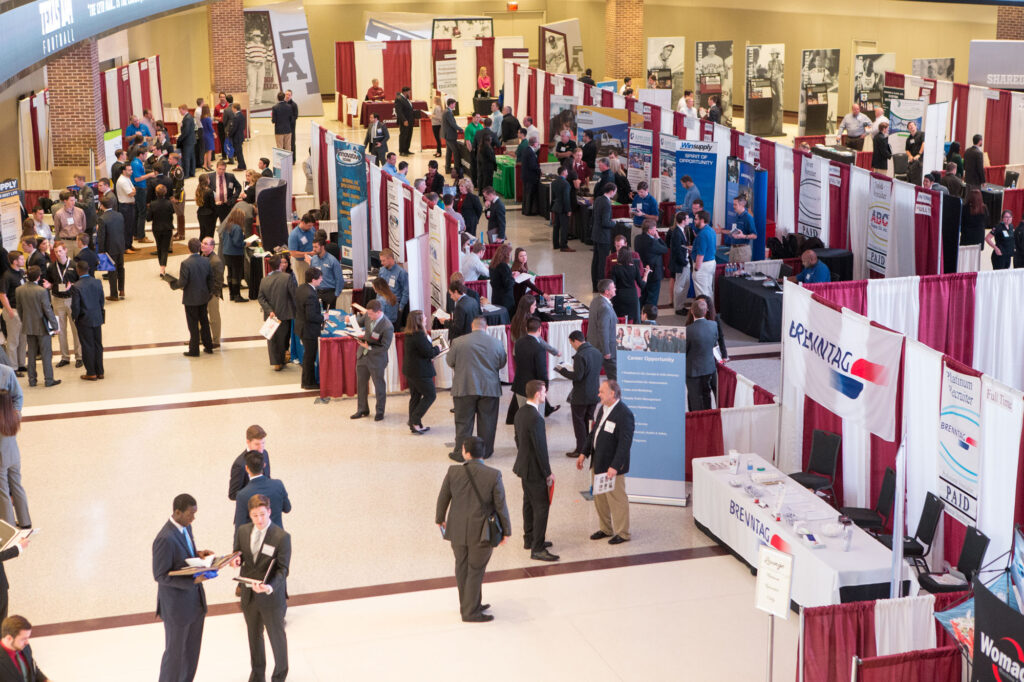
A job fair isn’t just a collection of booths—it’s a full-blown ecosystem where opportunity meets intention. It’s where employers and proactive job seekers collide, roll up their sleeves, and dive into meaningful conversations.
A Concentrated Pool of Eager Talent
Imagine walking into a room where hundreds of qualified, motivated candidates are practically lining up to talk to you. That’s what job fairs offer. NACE reports that the median attendance at in-person career fairs jumped from 419 in 2021–22 to a whopping 700 in 2023–24—a clear sign that both students and employers are back in action after the pandemic slump.
Plus, nearly 94% of career centers will hold in-person fairs in 2024–25, compared to just 33% offering virtual ones. That’s not just buzz—it’s a full-on comeback, and the stats prove it.
Speed-Dating-Style Connections = Fast Pipeline
Job fairs cram dozens of swift, meaningful chats into hours, kind of like career speed-dating. NACE research backs this up: 45% of employers extend offers to job-fair candidates, and 69% of those offers get accepted. Nearly a quarter of fair attendees even walk away with job offers in hand. That’s not theory. That’s impact.
The Power of In-Person Interactions
Video calls are efficient, yes – but they don’t show how someone walks into the room or reads the energy around them. Body language, confidence, and enthusiasm – these are live indicators.
This two-way street of engagement, where candidates actively seek you out, creates a more dynamic and telling interaction than passively receiving online applications.
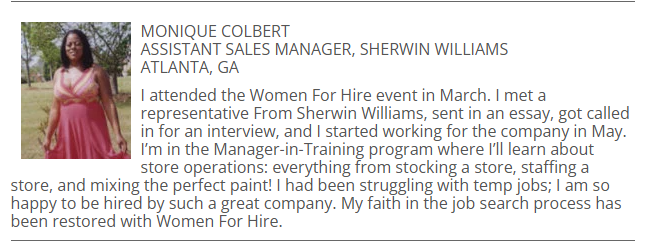
Success stories from events like the Women For Hire career expo underscore this point. One attendee, who secured a management trainee position with Sherwin-Williams, noted the immediate connection made at the event, which led directly to an interview and a job offer. This personal touch can be the deciding factor for top talent.
Supercharging Your Employer Brand
Your booth isn’t just a desk – it’s a stage. A polished, interactive presence shows you’re serious, organized, and invested in talent. One NACE member shared a great strategy: color-coding booths by discipline (like red for tech, yellow for science) helped structure interactions and made the fair run smoother. From an awesome design to mini-events, these moments leave impressions that last.
Networking That Nurtures Growth
Job fairs are not just about finding new hires; they are also about building your professional network. The opportunity to connect with fellow recruiters and hiring managers can lead to future collaborations, candidate sharing, and career development.
Imagine receiving a stellar candidate profile that isn’t a fit for your current openings but is perfect for an associate’s company. The ability to make that connection strengthens your professional relationships and the overall talent ecosystem.
A Blueprint for Job Fair Success
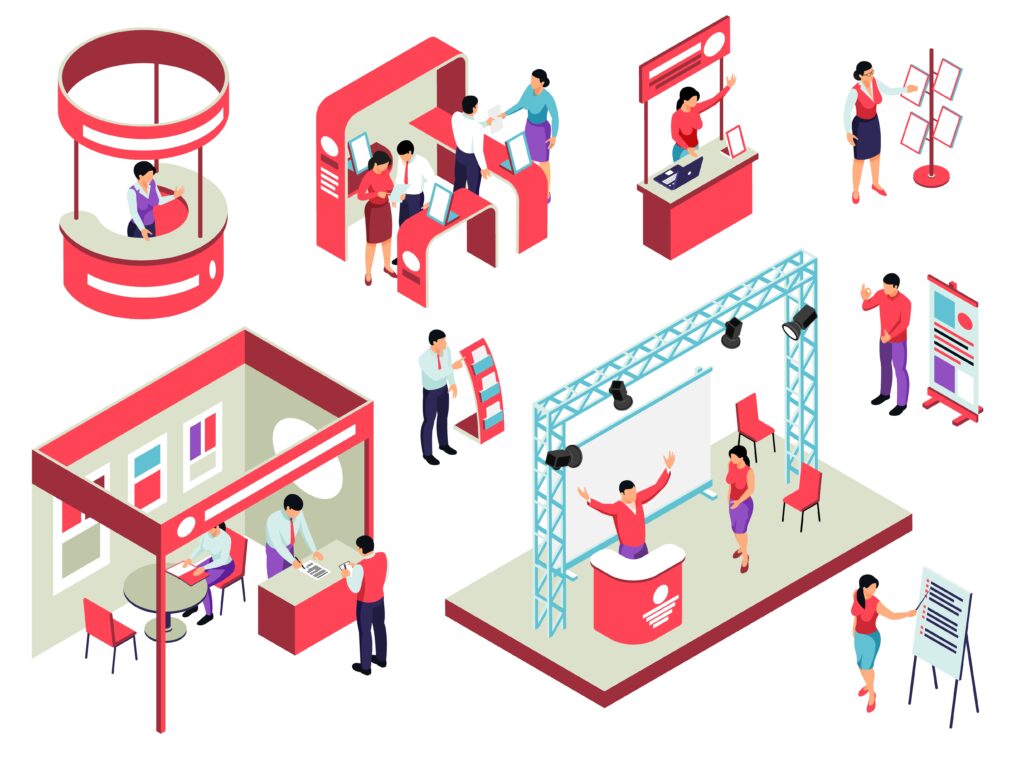
Step 1: Craft a Winning Game Plan
Before committing to a job fair, develop a clear recruitment plan. It’s not feasible or effective to attend every event. Carefully select fairs that align with your organization’s goals and target demographics. Consider the following:
- Your Industry: Are there industry-specific fairs that attract the talent you need?
- Your Goals: Are you looking to fill entry-level roles, find interns, or build your employer brand?
- Your Target Candidates: What are the key attributes and qualifications of your ideal hire?
For instance, attending campus job fairs is an excellent strategy for sourcing entry-level talent and interns. If your goal is to enhance diversity and inclusion, consider events like the Grace Hopper Celebration for women in technology, which boasts thousands of talented attendees each year. A focused strategy will allow you to allocate your resources effectively and make a significant impact at the events you choose.
Step 2: Assemble Your A-Team

The team you send to a job fair is the face of your organization. A well-rounded and engaging team is crucial for success. Your team should be able to answer a wide range of questions, create a welcoming atmosphere, and effectively capture candidate information. A winning team often includes:
- Recruiters: The backbone of your team, recruiters can lead discussions, answer process-related questions, and coordinate the booth’s activities.
- Hiring Managers: Their presence can expedite the screening process. They can conduct on-the-spot initial interviews and provide detailed insights into open roles.
- Alumni: When attending university job fairs, including alumni from that institution can be a game-changer. A 2024 analysis by Gravyty found that 46% of alumni view career support and networking as highly valuable services from their alma mater. Alumni can build instant rapport with students, offering credible, firsthand accounts of your company culture.
Your team should reflect the diversity and values of your workplace, providing a genuine and compelling representation of your organization.
Step 3: Pre-event Checklist & What to Bring to a Job Fair as an Employer
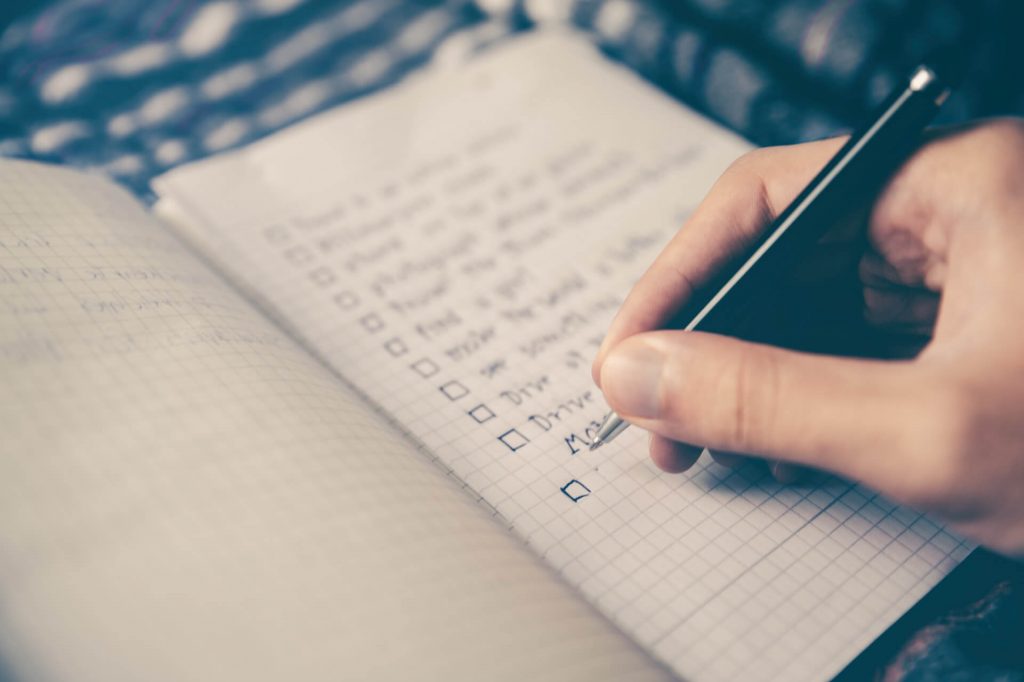
Thorough preparation is non-negotiable. Here’s a checklist to ensure you’re ready for showtime:
- Connect with Organizers: Secure a prime booth location and inquire about opportunities for enhanced branding or presentations.
- Train Your Team: Equip your representatives with a deep understanding of the company, open roles, and your target candidate profile. Role-playing potential interactions can be highly beneficial.
- Spread the Word: Utilize your own media channels and the organizer’s promotional opportunities to let potential candidates know you’ll be there.
- Prepare Your Toolkit: Bring engaging and informative materials. Consider a digital-first approach with an Applicant Tracking System (ATS) for resume collection. This not only streamlines your process but also projects a tech-savvy and modern employer image.
For more details on how to best prepare for & what to bring to a career fair as a recruiter, check out our 34-Step Career Fair Checklist For Employers and suggestions on how you can screen candidates during these events.
Step 4: The Post-Event Follow-Up
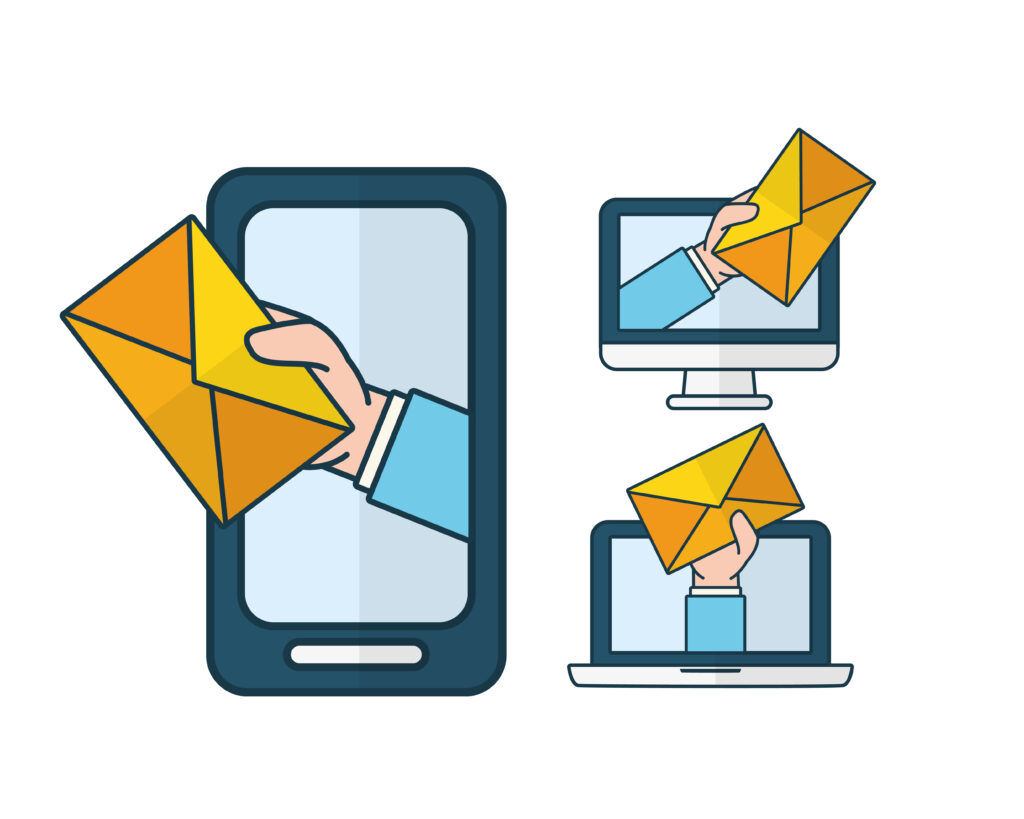
The work isn’t over when the job fair ends. A prompt and effective follow-up strategy is critical to converting promising leads into new hires.
- Act Quickly: Contact interested candidates within a day or two of the event. This demonstrates your genuine interest and keeps your organization top-of-mind.
- Personalize Your Communication: Reference specific points from your conversation to jog their memory and show that you were paying attention.
- Measure Your Success: Work with your team to analyze the outcomes of the job fair. Track key performance indicators (KPIs) such as the number of qualified leads, interviews scheduled, and, ultimately, the cost-per-hire. This data will be invaluable for refining your strategy for future events. Tools for measuring brand awareness, such as tracking social media mentions and website traffic post-event, can also provide insight into your ROI.
Final Best Practices for a Winning Performance
- Simplify Information Capture: Use QR codes or simple digital forms to quickly collect candidate information, keeping the line at your booth moving.
- Gamify Your Booth: An interactive game or contest can create a buzz and attract more visitors.
- Embrace Digital: Ditch the paper. Use tablets for presentations and applications to create a modern and efficient experience.
Job fairs are a powerful blend of recruitment, branding, and networking. By approaching them with a strategic, data-informed, and engaging mindset, your organization can not only meet its hiring goals but also solidify its reputation as an employer of choice. With this guide in hand, you are well-equipped to make your next job fair a resounding success.
That’s a Wrap
The modern job fair is far more than a recruitment event; it is a strategic arena where opportunity and human connection intersect. The difference between merely attending and truly succeeding lies in a deliberate, data-informed strategy—one that transforms handshakes into hires, builds lasting brand equity, and forges valuable partnerships.
By mastering the principles in this guide, your organization won’t just navigate the bustling aisles of the next career fair. You will command them, securing the top-tier talent that will drive your business forward and build the foundation of your dream team.
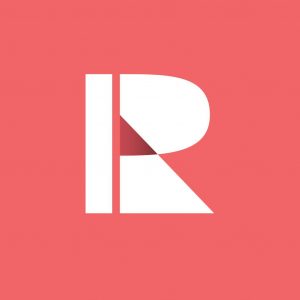
Team Rakuna
The Rakuna Team comprises a diverse group of professionals hailing from various corners of the world.
With a passion to enable organizations to hire their next waves of talents, we are dedicated to help organizations stay updated on important recruiting technology and industry best practices.
